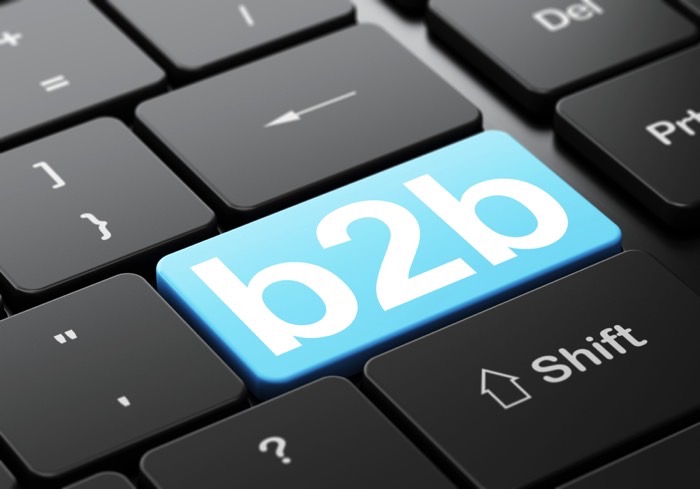
B2B is moving toward eCommerce and digital strategies, and health care is an industry that can see some outsized benefit, according to an Insite Software executive.
As B2B may finally be kicking its digital strategies into full gear, some industries will prove faster adopters than others. Sectors like health care and medical technologies can sorely use real-time data tracking inventory, payments and logistics between buyers and sellers. Health care, after all, demands that nurses, doctors and other providers have the tools they need on hand, always.
Late last month, Insite Software, along with NorthPoint Digital, was chosen by Medical Specialties Distributors to help modernize the latter’s eCommerce operations. PYMNTS recently spoke with Brian Lunde, Insite’s client strategy director, about the specific needs that technology can satisfy in health care’s B2B eCommerce transformation.
PYMNTS: How is B2B and specifically distribution different in the health care and medical industries than might be seen elsewhere?
BL: For distributors and manufacturers who sell into hospitals and nursing homes, a few things are unique. One is that the level of information to buyers in the B2B space can depend on the very size of the customer and the size of the organization that is doing the transaction — and the customer base itself can be quite diverse. The level of sophistication of information needed may vary, depending on the frequency of the order that’s being placed, whether it’s weekly, for example, or just who is placing the order, in other words, the end user.
And in that case, the key is to make the process, especially the ordering and tracking process between businesses, as easy as possible. In B2B and in health care, the customer experience is paramount. For B2B software that is in the medical space specifically and for technology such as ours in eCommerce generally, the information conveyed needs to be scalable.
[The information] runs across products and pricing and is specific to the end customer, and through a prepopulated list. That’s useful to, say, a nurse who might be doing some of the buying online. That nurse is more likely to know what’s needed in a facility, is there on site and knows what is needed given the patients in that facility that they see on a daily basis. They may know from being on site what’s in stock and what is coming up that is necessary to be refilled.
PYMNTS: What is the potential for B2B and online processes within health care and for payments?
BL: For some companies in this space, there may be legacy issues, or there may not be existing eCommerce in place. The movement to do technology-driven B2B may be customer-driven. It may be a competitive priority as a company could see pressure as more of its peers move online — a fair amount of this business is still done using fax or paper — and that could mean lost revenues.
About 10 percent to 15 percent of the revenues in the sector come from the online channel. But a lot of companies in the space, when they do the analysis of moving to online B2B processes, they see the return on investment at a range of 25 percent to 30 percent. Some of the more mature players are beginning to see as much as 60 percent to 65 percent of their business through Web orders.
And, by migrating more orders online, this frees up time for the sales reps. They can introduce new products and capitalize on opportunities for new business. They can help expand a client base and move into new markets; they have the time and the ability to open up new channels of business and new revenue streams. Companies like Insite have a good sense of how to help health care firms see where the business is coming from, where segments are online and offline and by bringing analytics across regions and SKUs and formulary details for drugs that are approved or not approved.
For the platform itself, at the customer level, and specific to B2B payments, there’s the ability to set variable discounts with certain customers, or across certain products, or even just one customer. There’s also the ability to configure for different promotional activity, by drug or product or region.
PYMNTS: Security is always top of mind for any transition to new technologies and processes. How do you address that? And how can software like Insite’s integrate across the business functions through to the backend?
BL: Of course, secure online transactions between businesses is paramount. And here we make sure we work across with multiple gateways, with credit cards and the like.
For B2B and for tracking payments and movement of goods, the ERP system and backend both need to be intuitive. The software should have, and ours does have, the ability to let a customer open up “my account” and see the average orders, the invoice history, the returned merchandise history and also integration with the budget, all of which ties into being absolutely informed.
This results in coordinated flow and inventory control and, on payments, tracking billables that stem from a diverse inventory. Someone can go down “on the floor” and take a look around and, with a tablet and our mobile platform, see what’s needed and check it off using a phone or tablet.